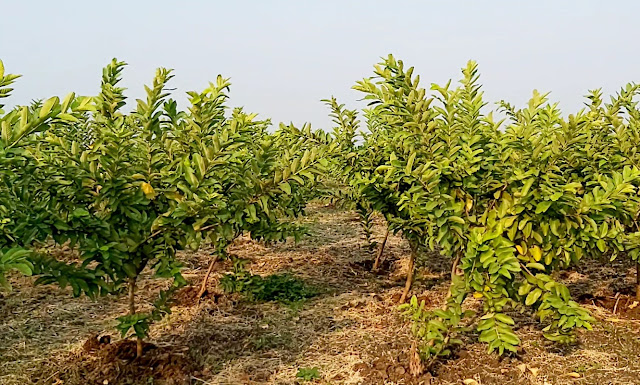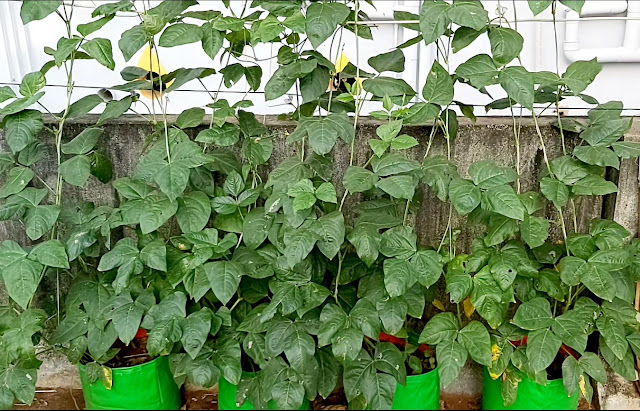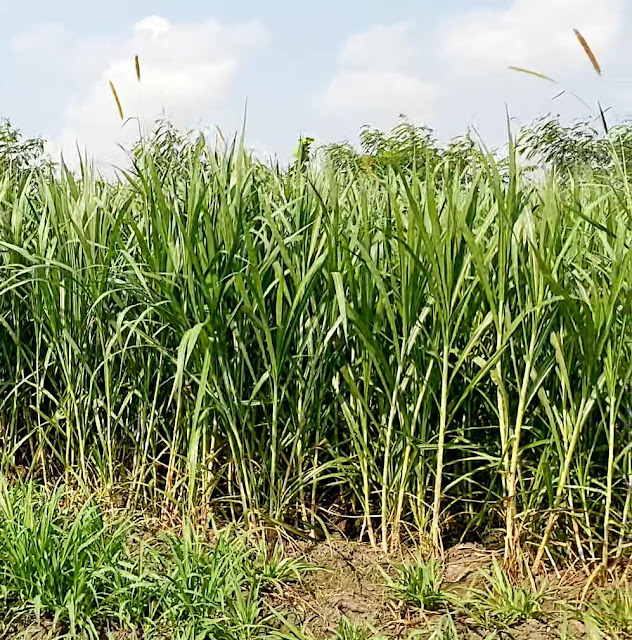Super Napier grass planting method
Super Napier farming method: Super Napier stems planting method The soil should be well pulverized with the use of a rotavator . Super Napier stems for dairy farms The furrows are made 3 feets apart. growing super napier grass stems The cuttings are planted flat in the furrows , 2 feets apart and covered with soil one to two inches thick. Planting Super Napier grass stems 10,000 to 12,000 stems can be planted per acre. Super Napier stem for Dairy Farms After planting, irrigate to enhance germination . Always irrigate when necessary Stems will start germinating after 10 to 15 days Super Napier after 30 days of planting




